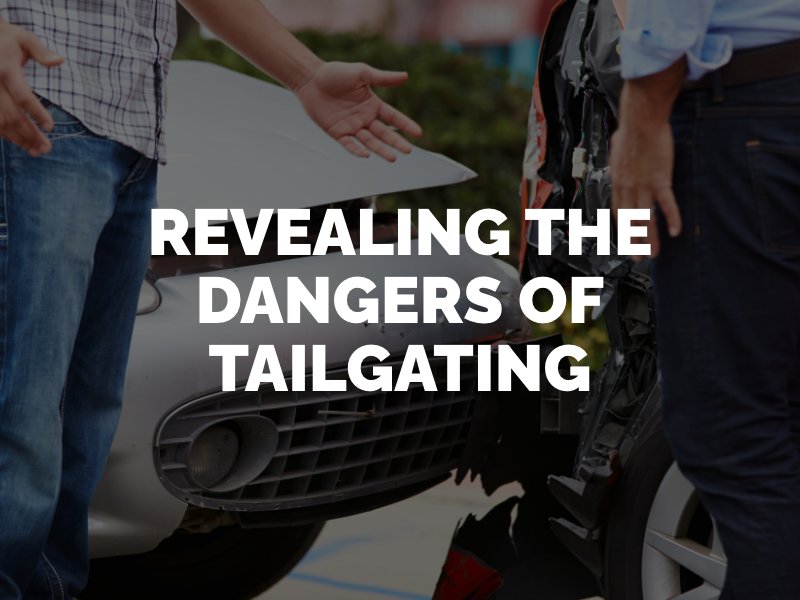Revealing the Dangers of Tailgating
All motor vehicle drivers have a responsibility to prevent accidents by obeying traffic laws and driving as safely and prudently as possible. Part of this responsibility is to leave a safe amount of following distance between motor vehicles. If a driver is guilty of tailgating, or following too closely, this can greatly increase the risk of a car accident and the need to for a Los Angeles car crash attorney.

Following Distance Equals Stopping Distance
Preventing a car accident often comes down to a driver’s ability to stop the forward motion of a motor vehicle. A vehicle’s stopping distance will depend on factors such as the speed or velocity of the vehicle, the performance of the brakes, and the road surface.
Maintaining ample following distance can ensure there is enough room to bring a motor vehicle to a complete stop when faced with a hazard, such as another vehicle hitting its brakes, a pedestrian stepping off a curb or an animal crossing the road.
The dangerous practice of following another vehicle too closely diminishes the room available for a vehicle’s stopping distance. For this reason, tailgating significantly increases the risk of car accidents such as rear-end collisions.
Tailgating and Chain Reaction Accidents
The risky behavior of tailgating increases the odds of a potentially catastrophic traffic situation known as a chain reaction accident. A chain reaction crash involves three or more vehicles. It occurs when an initial car accident triggers multiple subsequent collisions.
A rear-end collision that occurs at high speed, for example, may force or propel the vehicle that is struck into the car in front of it, which may then get pushed into the next car, and so on. These accidents can impact, injure and even kill many victims in multiple vehicles.
In most cases, all parties involved in a chain reaction accident have the right to hold the first driver who was tailgating the second driver accountable for their losses, even if they were not directly hit by the first driver’s vehicle.
The Psychological Effects of Tailgating
Tailgating can affect a driver psychologically – enough to increase the risk of a traffic accident, in some cases. If a driver is following too closely, especially as a result of aggressive driving or road rage, this can stress out a victim enough to lead to unsafe reactions, such as the driver abruptly slamming on the brakes (brake checking) to send the tailgating driver a message. These incidents can escalate into disasters such as motor vehicle accidents and physical assault.
Who Is At Fault for a Tailgating Accident in California?
Tailgating jeopardizes everyone on the roadway, not just the two drivers involved. California has a specific law against tailgating. California Vehicle Code § 21703 states: “The driver of a motor vehicle shall not follow another vehicle more closely than is reasonable and prudent, having due regard for the speed of such vehicle and the traffic upon, and the condition of, the roadway.”
If a driver breaks this law for any reason, he or she can be held accountable for a related motor vehicle accident. Tailgating is often the outcome of other unsafe driving practices, such as speeding, distracted driving, drunk driving, making unsafe lane changes, and reckless or aggressive driving behaviors. A driver in California can be held responsible for these mistakes and any harm that they cause.
If you have been injured by a driver who was tailgating at the time of your car accident in Los Angeles, an attorney at Rose, Klein & Marias LLP can help you seek justice by holding the at-fault driver responsible. Contact us today to find out how we can help.
